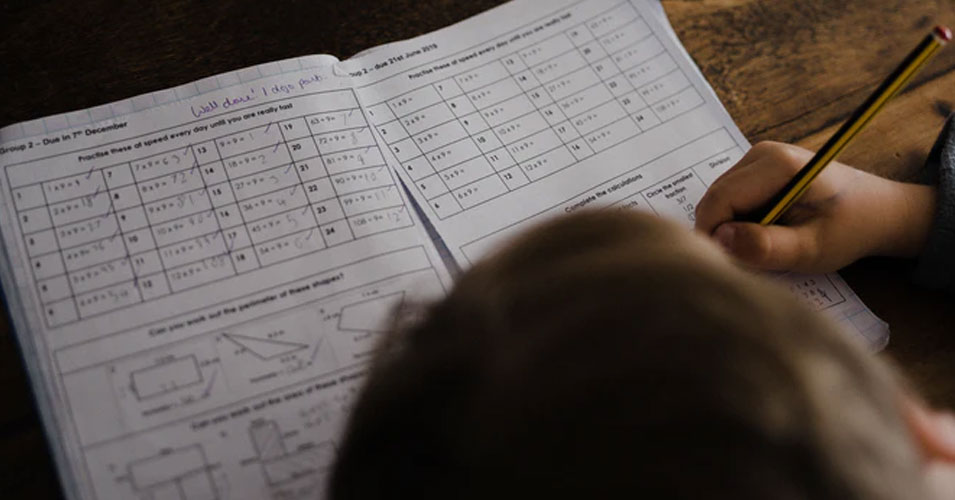


If ∆ABC is an isosceles triangle with ∠C = 90° and AC = 5 cm then AB is :
(A) 5√2 cm
(B) 2.5 cm
(C) 5 cm
(D) 10 cm
If AD, BE and CF are medians of ∆ABC, then which one of the following statements is correct?
(A) AD + BE + CF = AB + BC + CA
(B) AD + BE + CF = √2 ( AB + BC + CA )
(C) ( AD + BE + CF ) < AB + BC + CA
(D) AD + BE + CF > AB + BC + CA
ABC is an isosceles triangle with AB = AC, A circle through B touching AC at the middle point of Q, intersects AB at P. Then AP : AB is :
(A) 3 : 5
(B) 1 : 4
(C) 2 : 3
(D) 4 : 1
If in a triangle, the orthocenter lies on vertex, then the triangle is
(A) Right angled
(B) Equilateral
(C) Acute angled
(D) Isosceles
In a ∆ABC ∠A : ∠B : ∠C = 2 : 3 : 4 . A line CD drawn || to AB, then the ∠ACD is:
(A) 80°
(B) 20°
(C) 40°
(D) 60°
Ratio of the number of sides of two regular polygons is 5 : 6 and the ratio of their each interior angle is 24 : 25. Then the number of sides of these two polygons are
(A) 15, 18
(B) 35, 42
(C) 10,12
(D) 20,24
P and Q are center of two circles with radii 9 cm and 2 cm respectively, where PQ = 17 cm, R is the center of another circle of radius x cm, which touches each of the above two circles externally. If ∠PRQ = 90 °, then the value of x is
(A) 7 cm
(B) 8 cm
(C) 4 cm
(D) 6 cm
Each internal angle of regular polygon is two times its external angle. Then the number of sides of the polygon is:
(A) 5
(B) 7
(C) 8
(D) 6
The in-radius of an equilateral triangle is of length 3 cm. Then the length of each of its medians is
(A) 4 cm
(B) 9 cm
(C) 12 cm
(D)
Each interior angle of a regular polygon is 1440. The number of sides of the polygon is
(A) 10
(B) 8
(C) 9
(D) 11
Get the Examsbook Prep App Today